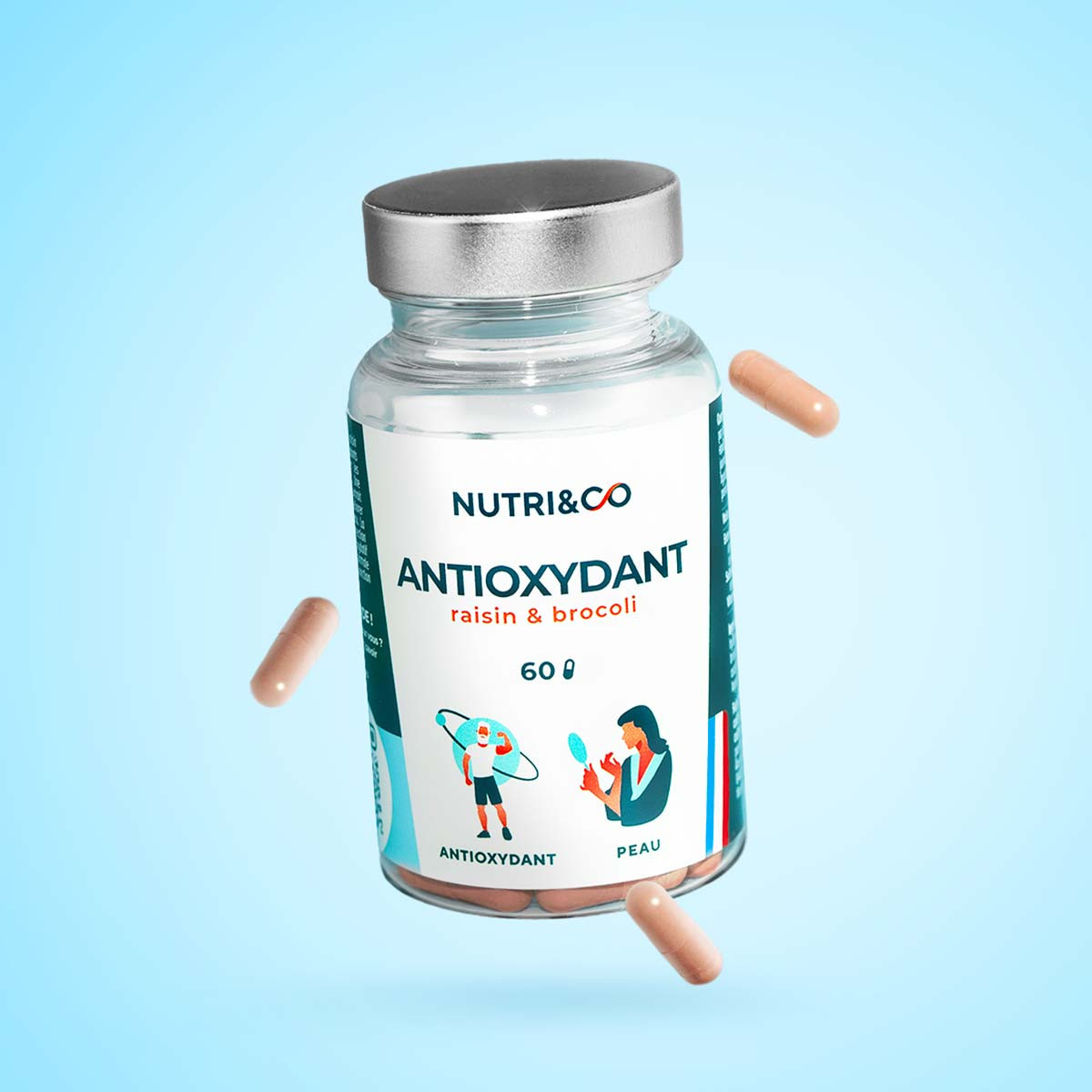
(163)
Antioxidant
€27.90
- Improves skin health and appearance
- Broccoli extract and grape OPC
- Acts at the core of the cell
Antioxidant
€27.90
Paiement
sécuriséLivraion offerte
dès 69€ d'achatLivraion
en 48hFaites des
économiesParrainer
un procheRécompenses
fidélité









